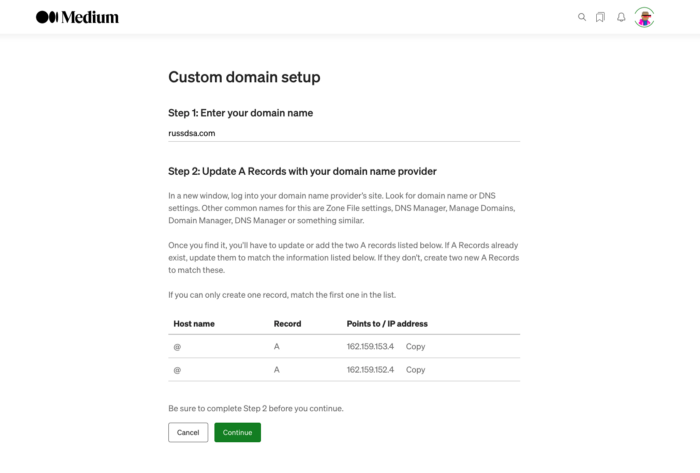This is no longer the case as the custom domains feature has now been reintroduced. According to Medium, they have worked through its friction and scalability and determined that it’s the right time to bring it back. Also, before now, the platform used to charge $75 per custom domain. But with this new update, the feature is free for Medium users. You can now add or remove custom domains at no additional cost, as long as you’re a Medium member.
What Does This Mean for Writers?
If you’re a writer on the Medium platform, here are a couple of ways this could affect you:
You can now link your Medium blog to a domain name you independently own. For example, if you own the domain example.com, when users click through to your Medium blog, it takes them directly to that domain but with the same content.Branding will be much easier as pointing your Medium blog to your custom domains gives a level of flexibility that Medium publications doesn’t. So, you can actually make the space feel like your own.For companies, Medium publications can be an integral part of your digital footprint. This is possible because you can point them to custom sub-domains that are a part of the company’s website.Users will need to start building their URL’s Domain Authority from scratch (for a new blog) if they decide to use this feature. Staying with Medium publications, however, gives the domain a DA of 96 (maximum DA is pegged at 100).
Should You Use the Custom Domain Feature on Medium?
The answer to this question is user-specific and depends on what your goals are. Do you care a lot about branding and personalizing your blog? Is there a website that you’d like the blog to be in tune with? Then you should probably consider upgrading to the custom domain feature on Medium. If not, Medium publications allow for basic features for a simple blog. To set up a custom domain for your Medium profile or publication, navigate to Settings > Custom Domains > Get Started.

